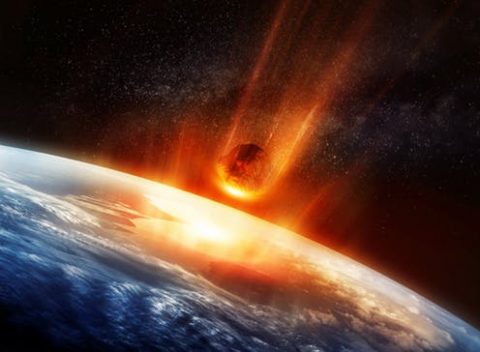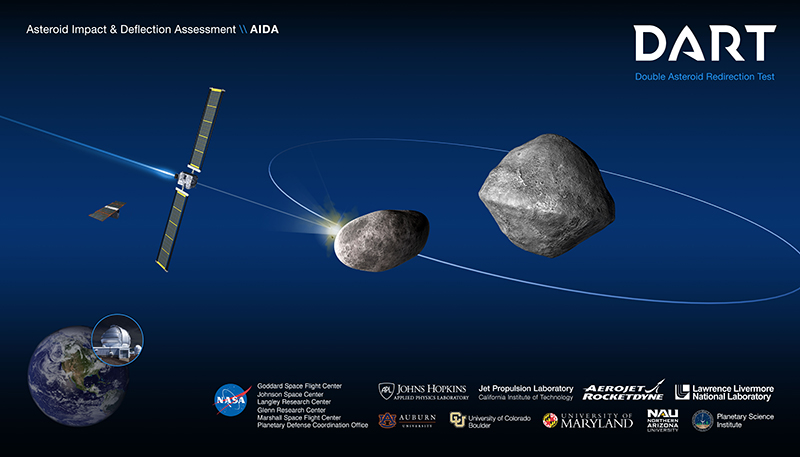In the latest edition of the Libertarian Enterprise, L. Neil Smith points to what he thinks will be Donald Trump’s signature achievement: the United States Space Force.

The biggest nuclear weapon ever detonated on Earth, Tsar Bomba, was 50MT. The Chicxulub impact was, at these numbers, 2 million times as powerful as Tsar Bomba.
Image and caption from Stephanie Osborn’s “Incoming: The Chicxulub Impactor, Part 3 — The Impactor & Effects” at https://accordingtohoyt.com/2019/10/31/incoming-the-chicxulub-impactor-part-3-%e2%80%95-the-impactor-effects-by-stephanie-osborn/
Many thoughtful observers believe that the most significant thing that Donald Trump has accomplished so far is his appointment of dozens of federal judges who share his philosophy of governance and I, amateur historian that I am, am inclined to agree with them — with one exception, that is, a little item that just might prove to be a thousand times, a million times, a billion times more important than anything else the Donald — or anybody else, for that matter — has ever done.
Most of us have become aware of the way that a relatively small piece of rock — an asteroid approximately the size of Manhattan Island or the Matterhorn — changed the course of life-history on this planet. It struck the Earth at 40,000 miles and hour, hitting what is now the northern coast of the Yucatan, generating a titanic explosion that ignited every plant standing above the ground, raising a tidal wave that swept over most of North America, and opening a chain of deadly volcanoes on the other side of the world, near India. The esteemed Bob Bakker to the contrary, the late, lamented dinosaurs, I believe, died from smoke inhalation.
Three quarters of all life on this planet, plant and animal, land and sea, was brutally exterminated by this “Cretaceous-Tertiary Event”, and apparently not for the first time. There was a much worse die-off between the Permian and the Triassic eras. The important fact, for you and me, is that there are thousands, if not millions of other lethal asteroids still out there, with which our vulnerable little blue marble is still playing a murderous game of roulette. It is only a matter of time before another “extinction-level event” occurs, possibly wiping out every last living entity on Earth. We can see plenty of evidence of that kind of phenomenon, that magnitude of destruction, elsewhere in the Solar System.
Take your precious carbon footprints and stuff them where the sun don’t shine, Greta. It is Donald Trump who has made the historic first move to prevent this very real cataclysm, and probably to extend the life of the human species indefinitely (an idea environmentalists hate), by calling for the organization of a United States Space Force. At this moment it still isn’t clear exactly what methods will work best to destroy or divert asteroids that threaten our home-world (I mention possibilities in my 2010 Ngu Family Saga novel Ceres), but it is something that must be done, sooner or later, probably by manned spacecraft.
The other important task for which we need a Space Force is to clean up the tens of millions of items of orbital debris that NASA and other agencies have very sloppily left circling over our heads. Remember when the Gemini astronauts simply threw those expensive Hasselblad cameras out the door? These objects range in size from particles of dust to cast-off booster stages which endanger satellites and spacecraft. A hunk of junk the size and shape of a small screw can damage solar panels, pressurized living and working spaces, as well as helmeted individuals in spacesuits, to whom that flying screw would be like a bullet through the head.




